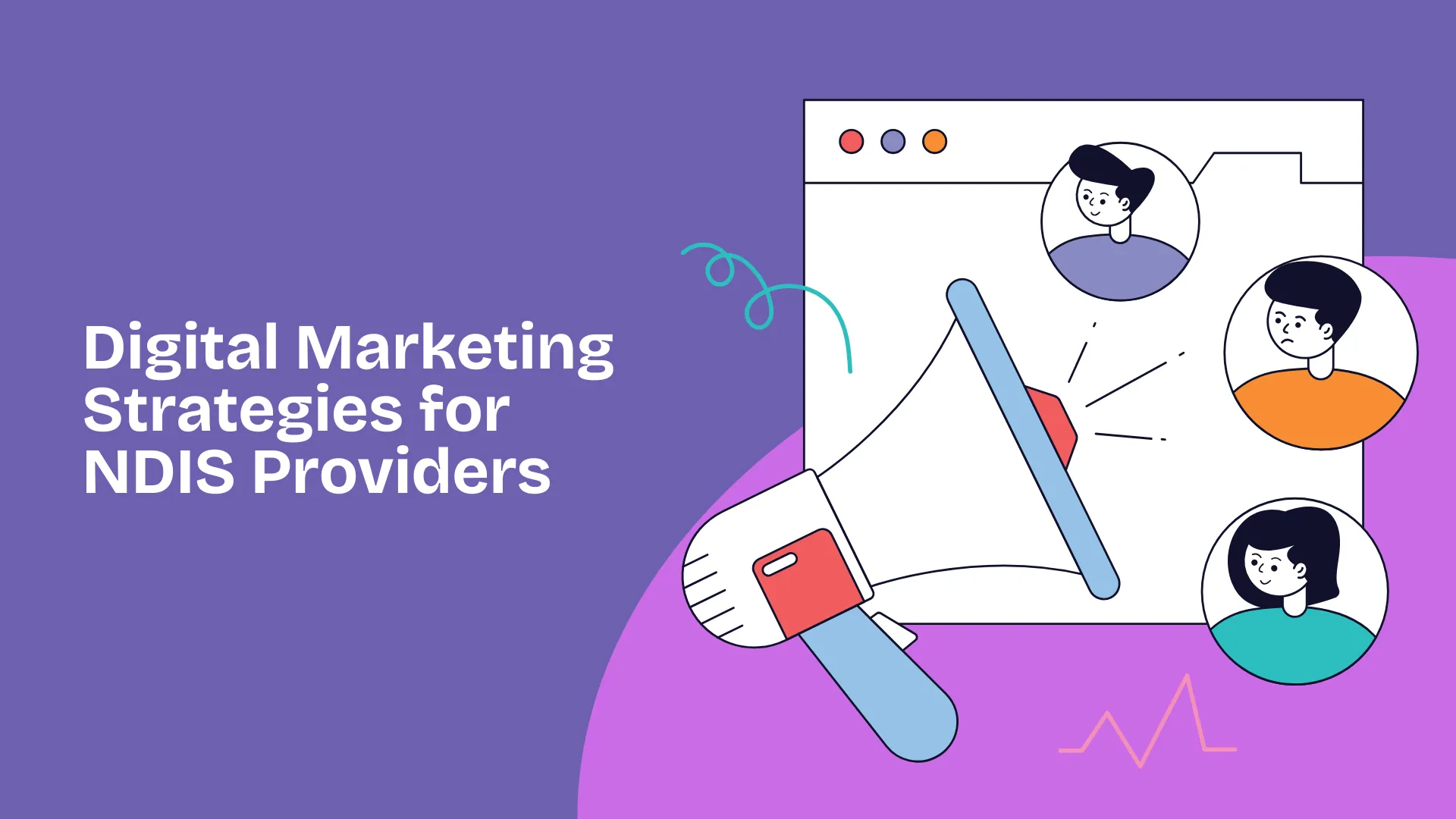Building a trusted NDIS business today requires more than word of mouth. Participants, families, and support coordinators turn to Google and social media first before making decisions. If you want enquiries and partnerships, a strong digital presence is no longer optional — it is essential.
Many NDIS providers focus heavily on delivering quality services but overlook marketing. Without the right digital strategy, great services often remain invisible. Growing sustainably starts with putting yourself where people are already looking.
Digital marketing helps NDIS providers connect with participants who need support, build credibility in the community, and stand out in a growing sector. Whether you’re just getting started or want to take your growth to the next level, using the right strategies can make all the difference.
Digital Marketing Strategies for NDIS Providers
The NDIS sector is growing fast, and standing out requires more than offering great support. Participants, families, and support coordinators are looking online to find trusted providers. By using the right marketing strategies, you can make sure your services are visible, credible, and easy to access.
Below are seven proven strategies that help NDIS providers attract more participants, build strong relationships, and grow sustainably in a competitive market.
1. Build a Professional, SEO-Friendly Website

Your website is the first place participants, families, and support coordinators visit to learn about your services. If your website looks outdated, confusing, or hard to navigate, it creates doubt before a conversation even begins. A professional, accessible, and SEO-friendly website helps you build trust from the first click.
Many NDIS providers rely on basic websites that do not clearly explain their services, eligibility, or pathways to get started. A strong website is more than just a digital brochure — it acts as your lead generation engine, information hub, and credibility builder.
Here’s what your NDIS website must include:
- Clear, participant-friendly descriptions of your services (no jargon)
- An easy-to-use enquiry form on every key page
- Dedicated pages for key services (e.g., SIL, Support Coordination, Therapy)
- Mobile-optimised design to load fast and work on all devices
- SEO best practices (local keywords, meta titles, service-specific headings)
- Contact details easily visible on every page
- Accessibility features like alt-text, readable fonts, and simple layouts
- A short, friendly About Us page that humanises your organisation
Your website also needs regular updates to stay relevant. Adding blog posts about NDIS topics, showcasing testimonials, and sharing news about your services keeps your website fresh, which helps with Google rankings and participant trust.
2. Optimise Your Google Business Profile
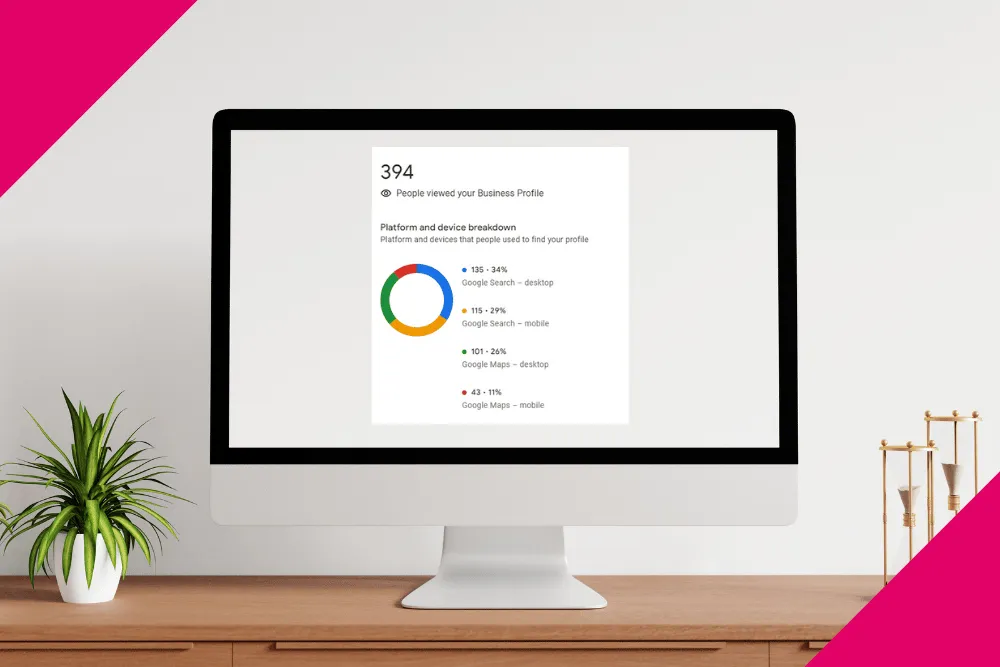
When participants search for NDIS providers in their area, Google Business Profiles often appear before websites. A strong, optimised profile makes sure you show up locally, builds trust quickly, and helps drive more enquiries directly from Google Maps and local searches.
Many providers set up a basic profile but miss important steps like choosing the right service categories, adding service descriptions, posting updates, or collecting reviews. An incomplete or outdated profile can cost you visibility and trust — often without you realising it.
Here’s how to optimise your Google Business Profile effectively:
- Choose the most accurate primary category (e.g., Disability Services & Support Organisation)
- Add secondary categories that match your services (e.g., Occupational Therapist, Speech Pathologist, Support Coordination)
- Write a clear, participant-focused business description explaining who you help and how
- List all your services individually with short explanations
- Upload high-quality photos of your team, office, events, and service activities
- Post regular updates (new vacancies, service highlights, participant tips)
- Collect and respond to reviews professionally, thanking reviewers and addressing feedback
- Keep your contact details, service areas, and operating hours accurate
An optimised profile not only improves your chances of ranking higher locally but also reassures participants and families that you are active, professional, and ready to help.
3. Focus on Local SEO and Directory Listings
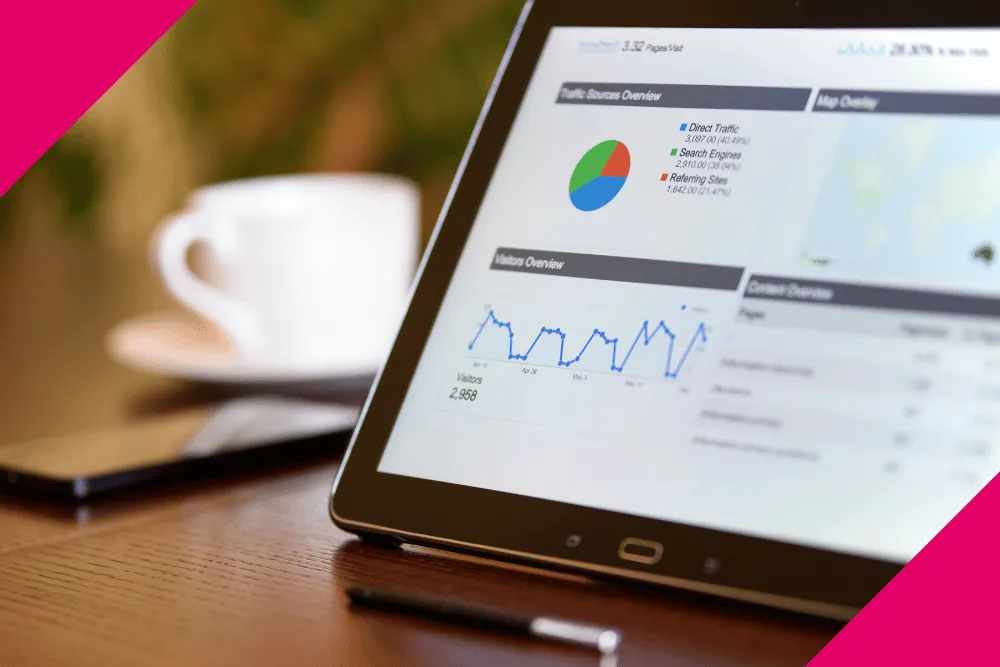
Most NDIS participants and families search for providers near them. Ranking well in local searches like “NDIS physiotherapy Melbourne” or “NDIS support worker Brisbane” puts you directly in front of people ready to enquire. Strong local SEO ensures you appear when and where it matters most.
Many NDIS providers rely only on a website without investing in local SEO fundamentals. As a result, they miss opportunities to appear in Google’s local results, which is where most client enquiries start.
Here’s how to improve your local SEO:
- Target local keywords in your website content (e.g., “NDIS occupational therapy Sydney”)
- Create individual service pages for different cities or suburbs you serve
- Build backlinks by getting listed on reputable NDIS and allied health directories
- Ensure your business name, address, and phone number (NAP) are consistent across your website, Google Business Profile, and all directories
- Use schema markup (Local Business schema) to help Google understand your services and service areas
- Encourage participants and families to leave reviews mentioning your location and services
- Submit your business to high-quality Australian directories like AdTuna Health, Clickability, MyCareSpace, and NDIS Provider Finder
Being visible in both Google organic results and niche directories builds a network of online touchpoints that drive steady enquiries and strengthen your reputation locally.
4. Run Targeted Google Ads Campaigns
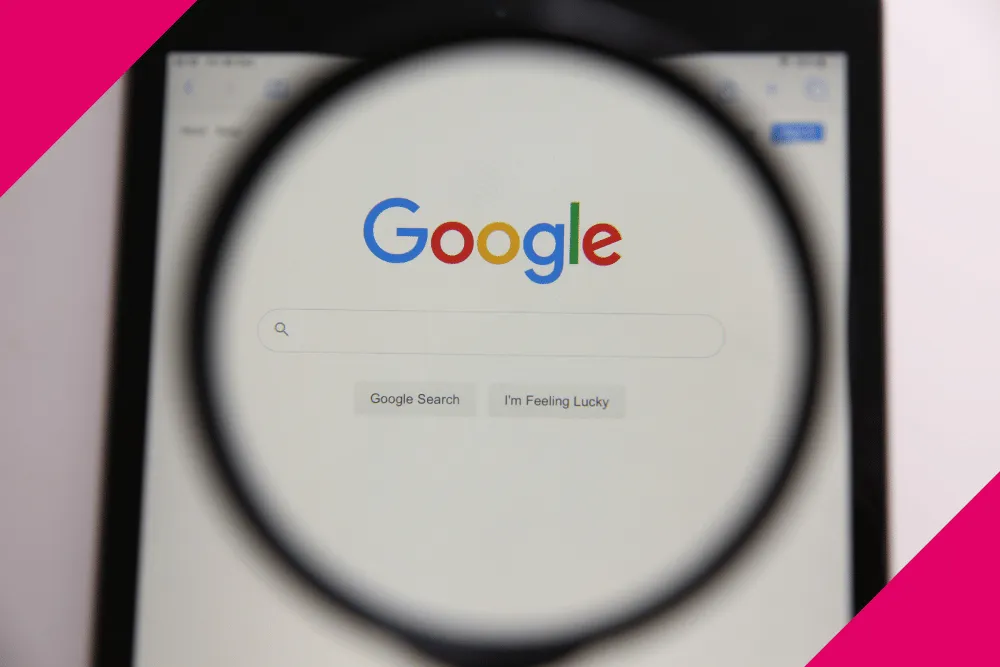
When participants and families urgently search for support, they often click on the first few results — and in many cases, those are ads. Running targeted Google Ads helps you appear at the top of Google instantly, bringing you highly motivated traffic that is ready to enquire.
Many NDIS providers either avoid Google Ads thinking it’s too expensive or waste budgets on broad, poorly targeted campaigns. Smart, targeted campaigns focus only on high-intent searches, keeping your costs under control and driving real enquiries.
Here’s how to run effective Google Ads for your NDIS services:
- Target service-specific keywords (e.g., “NDIS support coordination Melbourne,” “NDIS therapy services Brisbane”) instead of broad terms like “NDIS support”
- Create separate campaigns for different services (SIL, SDA, Therapy, Support Coordination) to control budgets and messaging
- Use location targeting to show ads only in areas you actually serve
- Write clear, benefit-focused ad copy that speaks directly to participants and families
- Send ad traffic to dedicated landing pages, not your homepage, for higher conversions
- Set up conversion tracking to measure leads, calls, and form submissions properly
- Start small with daily budgets and scale only after testing and optimising campaigns
Google Ads works best when it complements your organic SEO efforts, helping you capture both urgent searches and long-term discovery traffic.
5. Use Facebook and Instagram Advertising Strategically
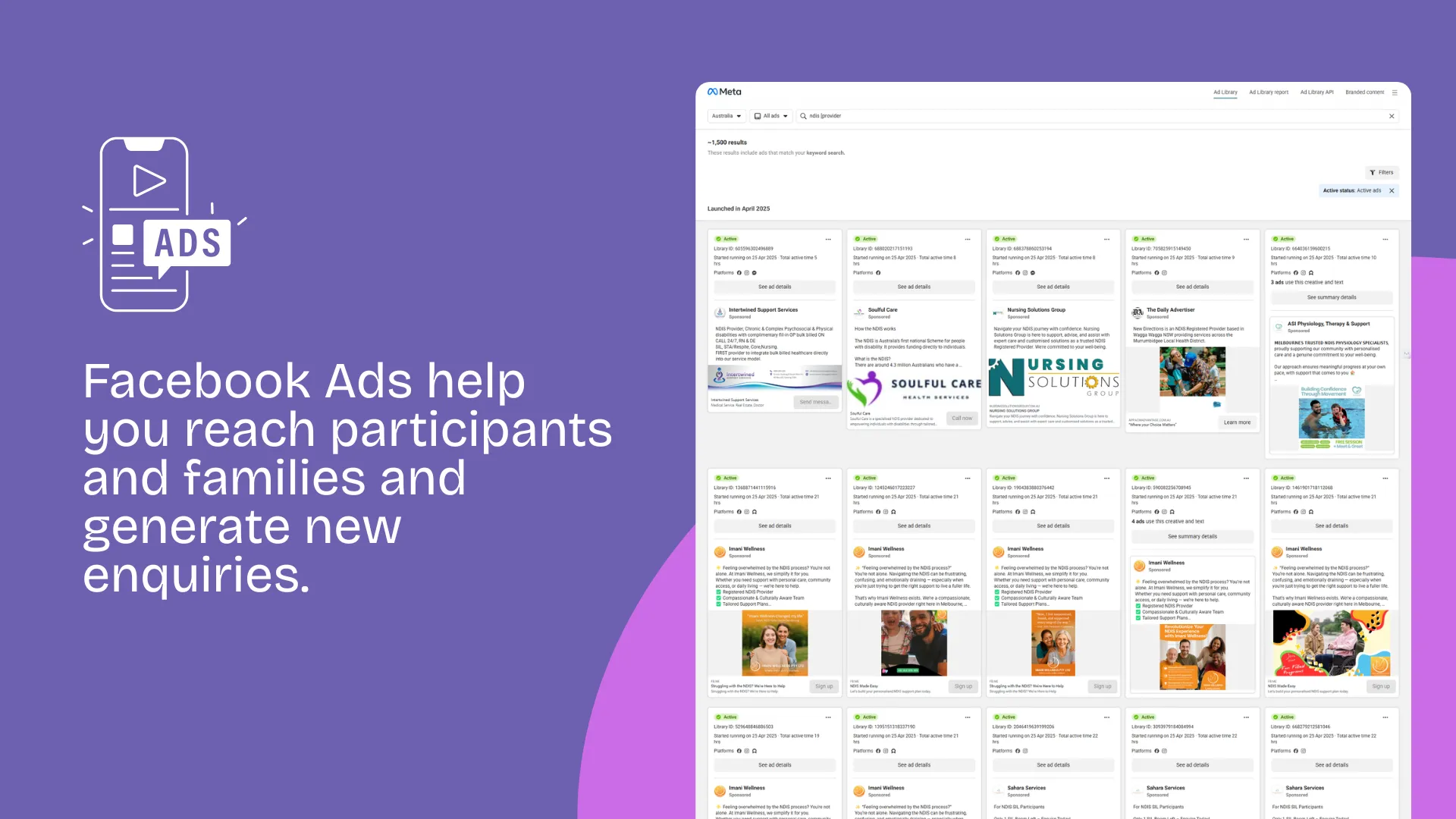
Participants and families spend a lot of time on Facebook and Instagram — not actively searching for providers, but discovering services that speak to their needs. Running strategic ads on these platforms helps you build awareness, nurture trust, and drive enquiries over time.
Many NDIS providers either post occasionally without ads or boost random posts without a plan. Strategic advertising means creating targeted campaigns that reach the right audience with the right message at the right time.
Here’s how to use Facebook and Instagram ads effectively:
- Create ads that focus on participant benefits, using simple, relatable language
- Run lead generation ads with pre-filled enquiry forms (no need for a separate landing page)
- Set up retargeting ads to stay visible to people who have already visited your website
- Use interest targeting (e.g., disability support, NDIS services, allied health) combined with location targeting to narrow your audience
- Highlight real success stories, testimonials, or examples of how you help participants
- Include clear calls-to-action (e.g., “Enquire Now,” “Find Out More About Our Services”)
- Refresh your ad creatives regularly to keep engagement high and avoid ad fatigue
Facebook and Instagram ads are not always about getting immediate enquiries — they also build familiarity so that when participants or families are ready to choose a provider, they remember your name.
Used strategically, social advertising helps you stay top-of-mind, nurture enquiries, and create a strong, recognisable presence in your local NDIS community.
6. Publish Blogs / Helpful & Relevent Content
Participants, families, and support coordinators want more than a list of services — they want to trust that you understand their needs. Publishing helpful, relevant content positions you as an expert, builds credibility, and makes it easier for people to choose your service over others.
Many NDIS providers overlook content marketing because it feels time-consuming. But consistent, trust-building content doesn’t just improve your SEO — it helps your audience feel more confident and supported before they even enquire.
Here’s how to publish high-value content that drives results:
- Write blog posts that answer common participant questions (e.g., “What is Support Coordination under NDIS?” or “How to Choose an NDIS Occupational Therapist”)
- Create simple guides that explain complex NDIS topics in everyday language
- Share real participant stories (with consent) to show the impact of your services
- Publish helpful checklists or resources (e.g., “Checklist for Preparing Your NDIS Plan Review”)
- Use video content where possible — even short explainer videos build trust faster
- Optimise your content for SEO with local keywords and clear headings
- Promote your articles through email newsletters and social media to extend their reach
Good content works quietly but powerfully — it brings participants to your website, keeps them engaged, and builds enough trust that when they’re ready to enquire, you are already their first choice.
Publishing valuable, participant-focused content is one of the smartest long-term strategies for NDIS providers who want to stand out in a crowded and competitive space.
7. Implement Email and SMS Marketing for Follow-Up
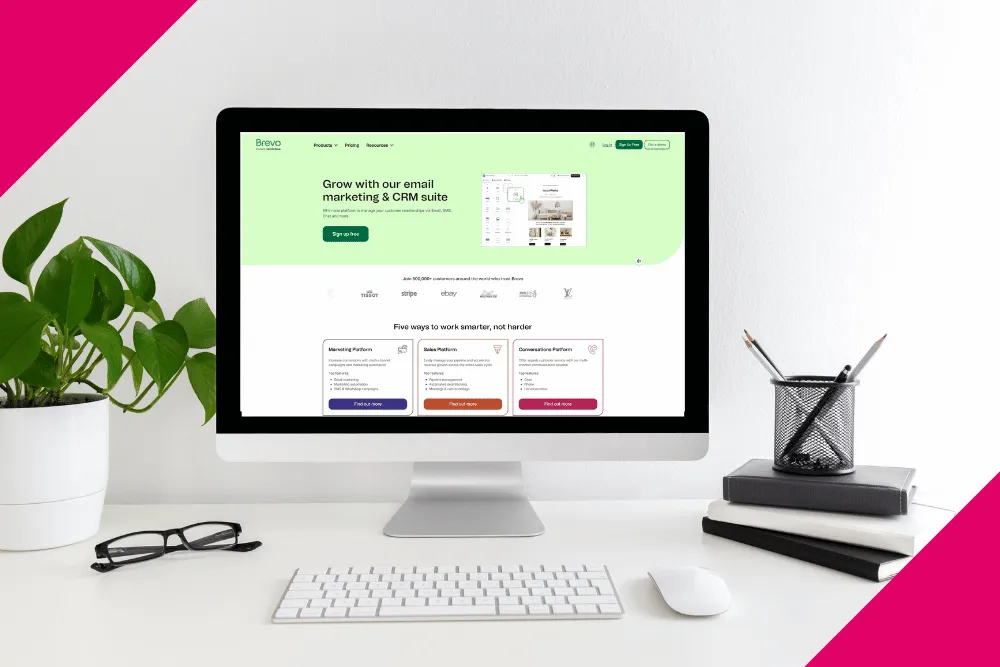
Most participants and families do not make decisions the first time they visit your website or see your ad. Staying in touch through email and SMS helps you build relationships, nurture trust, and turn initial enquiries into ongoing clients.
Many NDIS providers lose potential clients simply because they do not follow up consistently. Without a system to stay connected, good leads often forget or move on to other providers who stay top-of-mind.
Here’s how to set up effective email and SMS marketing:
- Create an automated welcome email for new enquiries, thanking them and explaining next steps
- Send regular email updates with participant tips, service highlights, and upcoming availability
- Use SMS reminders for important updates like appointment confirmations or plan meetings
- Build simple email nurture sequences (3–5 emails) that introduce your services, share success stories, and invite participants to book a consultation
- Personalise emails and SMS where possible to make communications feel genuine and supportive
- Always include clear, low-pressure calls-to-action, such as “Book a Call” or “Learn More About Our Services”
Email and SMS marketing are powerful because they are direct, personal, and cost-effective. They give you a second, third, and fourth chance to turn interest into commitment — without relying on people to remember you on their own.
Done well, follow-up marketing builds loyalty, improves enquiry-to-client conversion rates, and strengthens your reputation as a responsive, participant-focused provider.
How to Choose the Right Digital Marketing Strategies
Choosing the right digital marketing strategy starts with understanding where you are as a provider and what you want to achieve.
New providers, established businesses, specialist services like Plan Management, Core Supports, SIL/SDA, or Allied Health — every provider faces different challenges and opportunities. One-size-fits-all marketing does not work.
- If you are new, focus on strategies that get visibility fast. A clean, professional website, strong Google Business Profile, and suburb-targeted Google Ads give you the first enquiries you need to start building. Visibility comes before brand. Trying to build long-term SEO or content funnels too early without first driving enquiries only delays growth.
- If you are established, shift your focus towards authority and system building. Ranking on Google organically, nurturing participants through email marketing, building networks with support coordinators, and maintaining strong local SEO become the priority. Paid ads still matter, but they are used to strengthen a system — not to replace it.
- Specialist services require tailored approaches. Providers offering Plan Management must market trust and responsiveness. Core Supports providers must dominate local searches where their teams operate.
- SIL/SDA providers must focus vacancy marketing around available properties, not general branding. Allied Health providers must demonstrate clinical strength and participant outcomes through content and SEO, not just ads.
Choosing the right strategy means knowing what will move you forward now, not just doing what others are doing. Focus first on your current position. What is missing that prevents enquiries? What gaps exist that competitors are filling? What steps build not just exposure, but real trust?
Marketing only works when it fits your services, your market, and your business stage. Choose strategies that solve real business problems, not just activities that sound good on paper.
Final Thoughts
Growing an NDIS business is not just about providing great services — it’s about making sure participants, families, and support coordinators can find you, trust you, and feel confident reaching out. Digital marketing is no longer optional. It is the bridge that connects your services with the people who need them most.
Focusing on the right strategies — like building a professional website, optimising your Google presence, improving local SEO, running targeted ads, publishing high-value content, and setting up effective follow-up systems — gives you a complete marketing foundation. Each part works together to drive enquiries, build your reputation, and create long-term, sustainable growth.
Consistency matters. Even small, steady improvements across your digital channels can make a big difference over time. Whether you’re just starting out or looking to grow faster, investing in your digital presence sets your NDIS business up for success — today and in the future.
